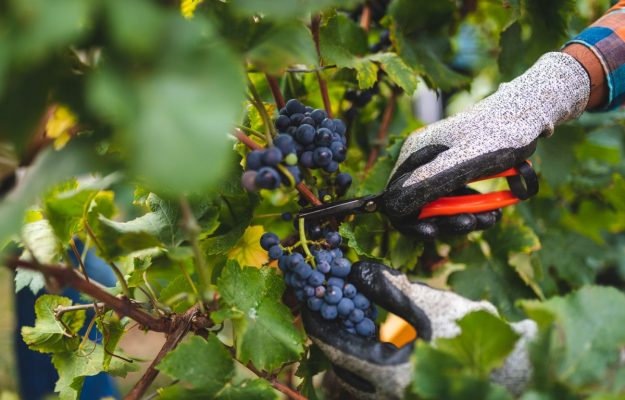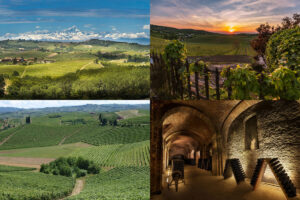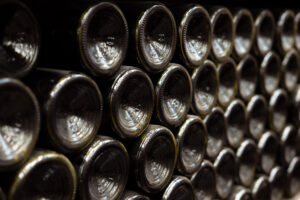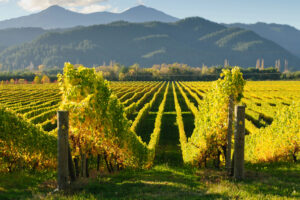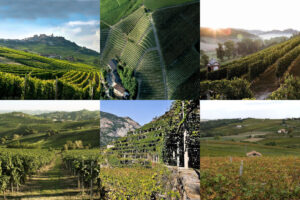The forecasts have been correctly estimated, even more than the most optimistic expectations of the end of August. The 2018 harvest, which has now ended all over Italy, has led to an increase in the production of wines and musts in the wineries of 24% over the 2017 harvest, with increases in all regions, as the final results of Assoenologi reported, which considers the official data of the Ministry of Agriculture. The total production, however, reached 52.6 million hectolitres, perfectly in line with the average production of the Italian vineyard, which compensated for the sharp drop in the 2017 harvest, one of the lowest in the last fifty years, where the climatic events were accompanied by an unusual and exceptional intensity.
Among the regions that recorded the greatest increase, Lazio and Umbria (+40% to 1.39 million hectolitres), but generally speaking, the greatest improvements were made by the vineyards of Central and Northern Italy, starting from Piedmont (+35% to 3.46 million hectolitres), Emilia Romagna (+28% to 8, 48 million hectolitres) also recorded good results, Lombardy (+25%, 1.32 million hectolitres), Veneto (+25% to 12.1 million hectolitres), by far the region with the largest production in quantitative terms of Italy, Friuli Venezia Giulia (+25%, 1.9 million hectolitres), Tuscany (+25%, 2 million hectolitres) and Marche (+25%, 820.000 hectolitres). And again, Trentino Alto Adige (+23% to 1.66 million hl), Puglia (+20% to 9.75 million hl), Sicily (+20% to 4.9 million hl), Campania (+18% to 730,000 hl), Abruzzo (+15% to 3.1 million hl) and Sardinia (+10% to 390,000 hl).
The positive numbers, however, brought up some critics, namely speculative dynamics on the bulk market focused on reducing prices, criticized by the Assoenologi organization, who points out that “not only is it inappropriate, but also incorrect that some operators in the wine industry speculate on the increase in the production in order to reduce the price of wines of the 2018 vintage. This is not the first time it happens, probably not even the last time, but the Assoenologi association will always be in front line to communicate the truth in order to defend the interest of producers.”
How was this long marathon between the vines? As the report signed by the Assoenologi still shows, the first region to pick the grapes was Sicily in the last week of July, followed by Apulia and Lombardy (Franciacorta) in the first decade of August, the month in which, in most of the Italian regions, the harvesting operations were carried out for the early varieties (Chardonnay, Pinot, Sauvignon).
All over the Italian peninsula, there was a delay in the start of harvesting operations, which varied from 7 to 10 days compared to last year, but in line with a normal vintage. The full harvest in Italy took place between the second decade of September and the first decade of October, and it ended between the end of October and the first days of November with the last bunches of Nebbiolo in Valtellina, of Cabernet in South Tyrol, of Aglianico del Taurasi in Campania and of the native vines on the slopes of Etna, while in Sardinia, for the grapes of dessert grapes (Malvasia and Nasco) the last bunches will be harvested towards the end of November.
The climate change has put a strain on the work of the winemakers, who were forced to make many treatments to protect the health of the grapes. As a result, in the north, the quality is more than good, some are very good while others are excellent. The first analytical data indicate lower than normal acidity, typical of variable climatic conditions. As far as white wines obtained from the first grapes harvested are concerned, there is a good aromatic picture and an interesting intensity. It is clear that in a vintage like this, where the pressure of fungal diseases was higher than the norm, the work of the oenologist, through his skills and experience, was decisive and fundamental for the quality level of future wines.
Copyright © 2000/2025
Contatti: info@winenews.it
Seguici anche su Twitter: @WineNewsIt
Seguici anche su Facebook: @winenewsit
Questo articolo è tratto dall'archivio di WineNews - Tutti i diritti riservati - Copyright © 2000/2025










